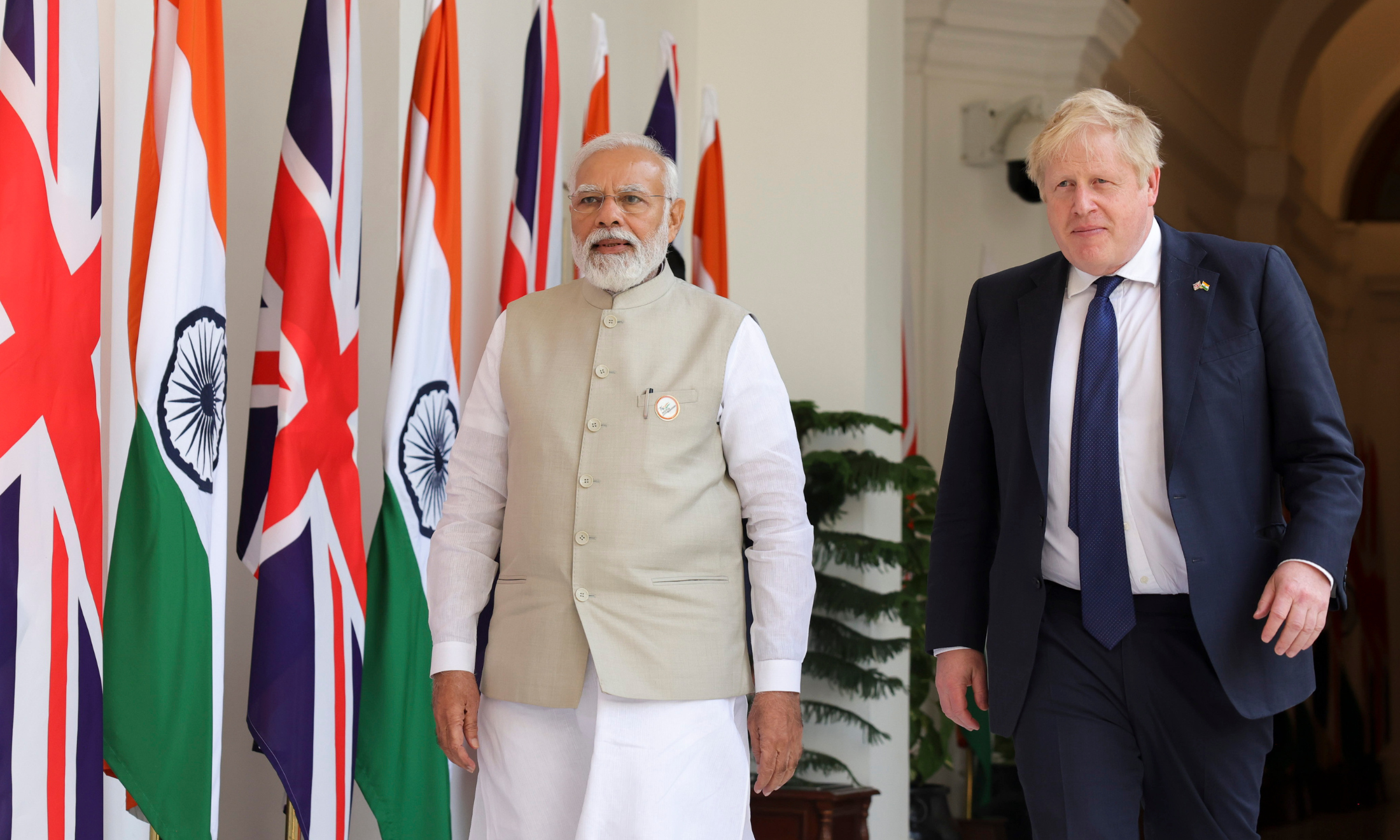
Durex’s advert for their Performax Intense condoms remains one of the most simultaneously entertaining and intelligent adverts to have ever aired on TV. You know the one: a pink record and a blue one (we’ll excuse the gender stereotypical colour choices for now), both playing Marvin Gaye’s dulcet classic ‘Let’s Get It On’, but out of sync – until “she” is sped up and “he” is slowed down and they’re brought into perfect unison. It was an advert that most of us didn’t really blink an eye at due to both its subtlety and the sheer importance of the product that it was trying to sell us. It graced our screens five years ago.
Yet somehow, last month India’s information and broadcasting ministry took a decision to ban all condom adverts across the nation’s 900 or so TV channels between 6 am and 10 pm (primetime hours). Adverts for the contraceptive have been judged to “endanger the safety of children”, and to “create in them” an interest in “unhealthy practices”. Because what practice could possibly be less healthy than safe sex?
“In effecting the ban, India is poised to undo decades of progress on sexual and reproductive health”
I’m not entirely dismissive of the desire to prevent the excessive sexualisation of the lens through which a child sees the world. But let’s be bluntly honest here: concern about hypersexualisation in advertising is unlikely to be the true reason for implementing this ban. After all, this ban has been implemented in a country where some healthcare workers believe that educating the general public about contraception will encourage extramarital sex — an act that many of them refuse to even risk supporting — despite the fact that condoms are a critical form of contraception, and the only one that when used correctly best protects its users against both unwanted pregnancy and STDs. According to Poonam Muttreja, the Executive Director of the Population Foundation of India, in effecting the ban, India is “poised to undo decades of progress on sexual and reproductive health”.
In addition to India’s already outdated sexual health stance, the Population Foundation of India found that across 2013-14, 85% of India’s family planning budget was dedicated to the advertisement and carrying out of female sterilisation – including cash incentives which were given to both health professionals and patients for pursuing the procedure. A mere 1.5% of the family planning budget was spent supporting the use of other forms of contraception.
“In 2017, male condoms accounted for only 6% or so of contraceptive choices in the nation…female sterilisation stands at around 36%”
It makes sense then that in 2017, male condoms accounted for only 6% or so of contraceptive choices in the nation – a proportion that is highly unlikely to grow under the new ad ban – whilst the prevalence of female sterilisation stands at around 36%. India’s approach to family planning has for a very long time been, and still is, plagued by the patriarchal belief that in a heterosexual relationship, the onus of contraception lies with the woman alone. As Nozer Sheriar, deputy secretary general of the Federation of Obstetric and Gynaecological Societies of India commented: “People think that women should undergo everything”.
This attitude has fostered a twisted female sterilisation industry in India, maintained by government and local NGO-led dirty, overcrowded and inhumane female sterilisation “centres” reminiscent of cattle camps. Surgeons receive per-patient fees, and the salaries of nurse-midwives hinge on their camps meeting sterilisation targets. For a network of village “motivators” – think club promoters, trying to sell you the worst (and possibly last) night of your life – a cash payment is up for grabs with each woman that can be convinced to climb onto the grimy operating table.
“Women [in India] don’t have access to family planning…they don’t have agency, and they don’t have control of their fertility”
After it found that procedures carried out in such camps led to the deaths of 363 women between 2010 and 2013, two years ago in an historic ruling India’s Supreme Court demanded that the government close its sterilisation camps by 2019. This doesn’t mean that the nation’s women will no longer be able to receive the procedure – just that they will not be able to do so at a camp run by a local NGO or their state government. Yet this is still a step towards a change in attitude and behaviour that is direly needed. Training courses centred on dispelling the misconceptions and cultural myths surrounding methods of birth control like the intrauterine device (IUD), and the practical skills needed to administer such methods, are now being offered to nurses in Madhya Pradesh. On the community-led front, projects like Ankita Rawat and Rise Up’s Roles, Camera, Action are coming to the fore. In Roles, Camera, Action Rawat mentored 15 youth leaders as they created films depicting the heart-breaking and life-changing impacts that a lack of awareness about contraception can have.
It goes without saying that these projects are vital in strengthening the ownership that Indian women should rightfully have over their sexual lives and health, especially in the face of the new condom ad ban. The female population of India – a nation in which the word “condom” is often censored in TV shows and movies (I wish I was joking) – is in desperate need of many more projects like them. As Poonam Muttreja says: “Women [in India] don’t have access to family planning…they don’t have agency, and they don’t have control of their fertility”. As much as possible must be done to free them from this oppression, so we can make choices that work for us, and take back control of our bodies.









